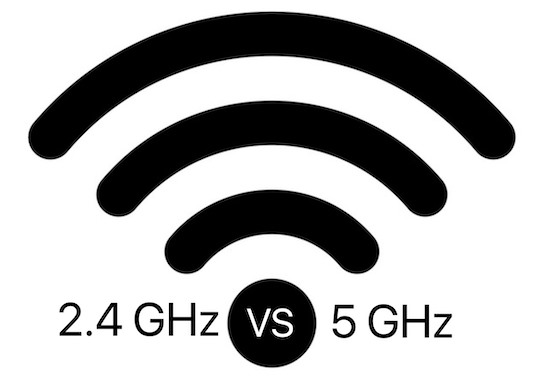

Think of it like when you’re baking and are rolling out dough. In ideal conditions, the 2.4GHz to Mbps is around 450 to 600, while 5GHz to Mbps is a whopping 1300. If you’re feeling the need for speed, 5GHz WiFi is the champion here. It’s worth noting that this kind of coverage can be hampered depending on what specific 802.11 protocol it runs, the strength of your device transmitter and physical obstructions. In comparison, those using the 5GHz frequency usually reach around one-third of these distances. Without taking any external factors or major obstacles into consideration, a lot of standard WiFi routers operating on the 2.4GHz frequency can reach up to 150 feet (46m) indoors and 300 feet (92m) outdoors. CoverageĢ.4GHz WiFi covers a longer range than 5GHz WiFi, making it ideal if you need the signal to reach a larger area, such as large retail shops, bars with different floors and hotels with a pool area.

To make things clearer, we’ve broken down each of these in more detail. The main things to look out for when considering 2.4 vs 5GHz WiFi is the: To help you find the perfect WiFi frequency for your business, here’s a handy guide. However, trying to choose between them both isn’t easy.įrom determining what range you need to considering GHz to Mbps, it can all seem a bit alien if you’re new to the whole 2.4 vs 5GHz debate.

When it comes to shopping around for wireless routers to set up a WiFi connection in your business, two of the most popular choices are ones marked 2.4GHz WiFi and 5GHz WiFi.


 0 kommentar(er)
0 kommentar(er)
